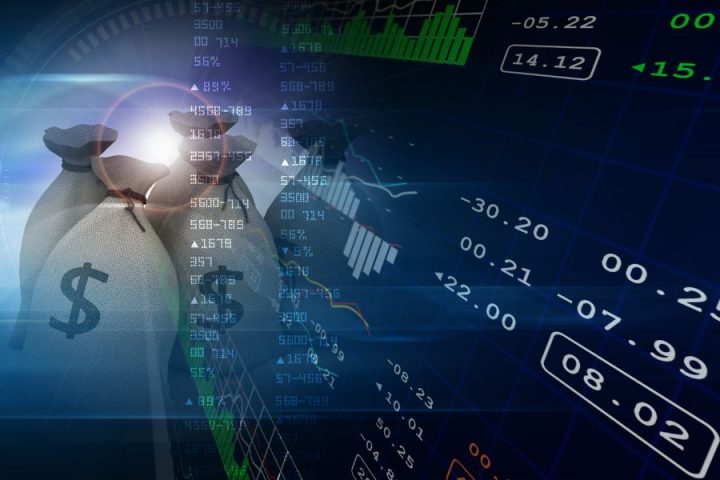Several types of information exist regarding inflation and its impacts on the currency market. For instance, the Bureau of Labor Statistics publishes a consumer price index that tracks the costs of urban consumer goods. It is reported by region and for the entire country. The US government also releases the Personal Consumption Expenditures (PCE) price index, which measures healthcare costs. Both indexes are based on data collected through surveys of businesses.
Cost-push inflation
Cost-push inflation begins with an unexpected rise in the cost of production, including raw materials and inventory. This raises the price level because companies need to cover increased costs. This forces them to raise the prices of goods to maintain their profit margins. However, not all costs rise this way.
Cost-push inflation has two consequences: First, it reduces the purchasing power of domestic goods. This decreases the purchasing power of the local currency, which means that consumers and firms need to pay more for imported goods and services. This reduces demand. Secondly, higher prices mean lower income and reduced demand.
Inflation is a complex phenomenon. It can affect any part of an economy or the entire economy. One common cause is a rise in oil prices. The higher oil prices have resulted in higher prices for consumer goods. The price increases in the oil industry, exacerbated by the weakening of the dollar, can have devastating effects on the currency market.
Expectations determine inflation
Expectations are a central component of inflation and should be considered by policymakers when making decisions. While there is no standard measure of inflation expectations, there are a variety of measures that can provide useful information. For example, professional forecasters are asked to make predictions about inflation for different horizons. These predictions usually come close to the actual rate of inflation and are useful for forecasting purposes.
Market expectations are based on estimates of future inflation rates. They are typically long-term in nature, indicating that people expect inflation to increase over the next few years. Short-term expectations, on the other hand, are based on a period of one to two years.
Measures of inflation
There are several important indicators that can impact the value of a currency, including the Consumer Price Index (CPI) and the Personal Consumption Expenditures Price Index (PCEPI). Each of these indicators tracks the change in prices of goods and services sold by households. These indexes are important to currency traders because they can provide an idea of the inflationary trends within an economy.
Inflation can be caused by several factors, including countries that have imposed restrictions on business activity. A recent example of this is the shutdown of major Chinese cities in order to combat the COVID outbreak, which resulted in delayed production of goods that were exported from the country. Meanwhile, Russia’s invasion of Ukraine has added another layer of uncertainty to the inflationary environment. Russia is a major supplier of agricultural products and oil to most European nations, and disruptions in shipping on the Black Sea hampered commodity deliveries. Only recently has the regular shipping of agricultural products resumed.
Effects of inflation on currency exchange rates
One of the main factors that influence currency exchange rates is inflation. Inflation is a general increase in prices and is measured by the consumer price index. The inflation rate is the percentage change in the index between two periods. High inflation can negatively affect the exchange rate, while low inflation can boost it. It is important to monitor inflation rates when making international payments.
The impact of inflation on currency exchange rates depends on the degree of elasticity of demand and whether firms pass on costs to consumers. If the exchange rate is higher, firms may reduce profit margins or decrease the prices of imports. Conversely, if the exchange rate decreases, inflation will decrease as well, and the rate of inflation will go down.
Keynesian theory of inflation
Keynes’s first account of inflation, called the Chapter 13 account, describes the process of the money supply. In this account, the demand for money varies with income and interest rates. This is called the “liquidity trap,” and it prevents monetary policies from being effective.
Classical economists called the phenomenon a general glut, but Keynes disagreed with this view. In the Keynesian theory, the government’s spending can increase aggregate demand to help the economy balance itself. This can also reduce unemployment and deflation.
While the original Keynesian theory had a certain deterministic structure, post-Keynesian models start from a history model approach, which assumes irreversibility and cumulative decisions.
